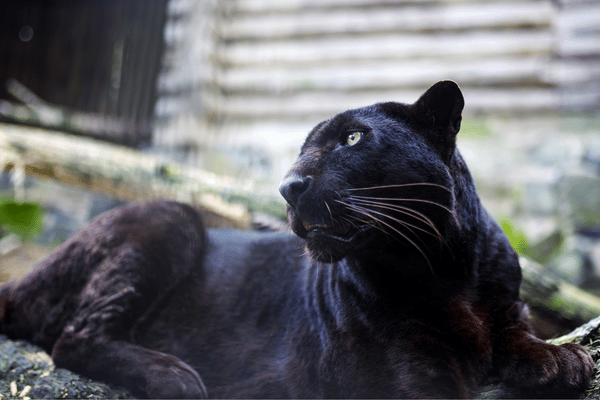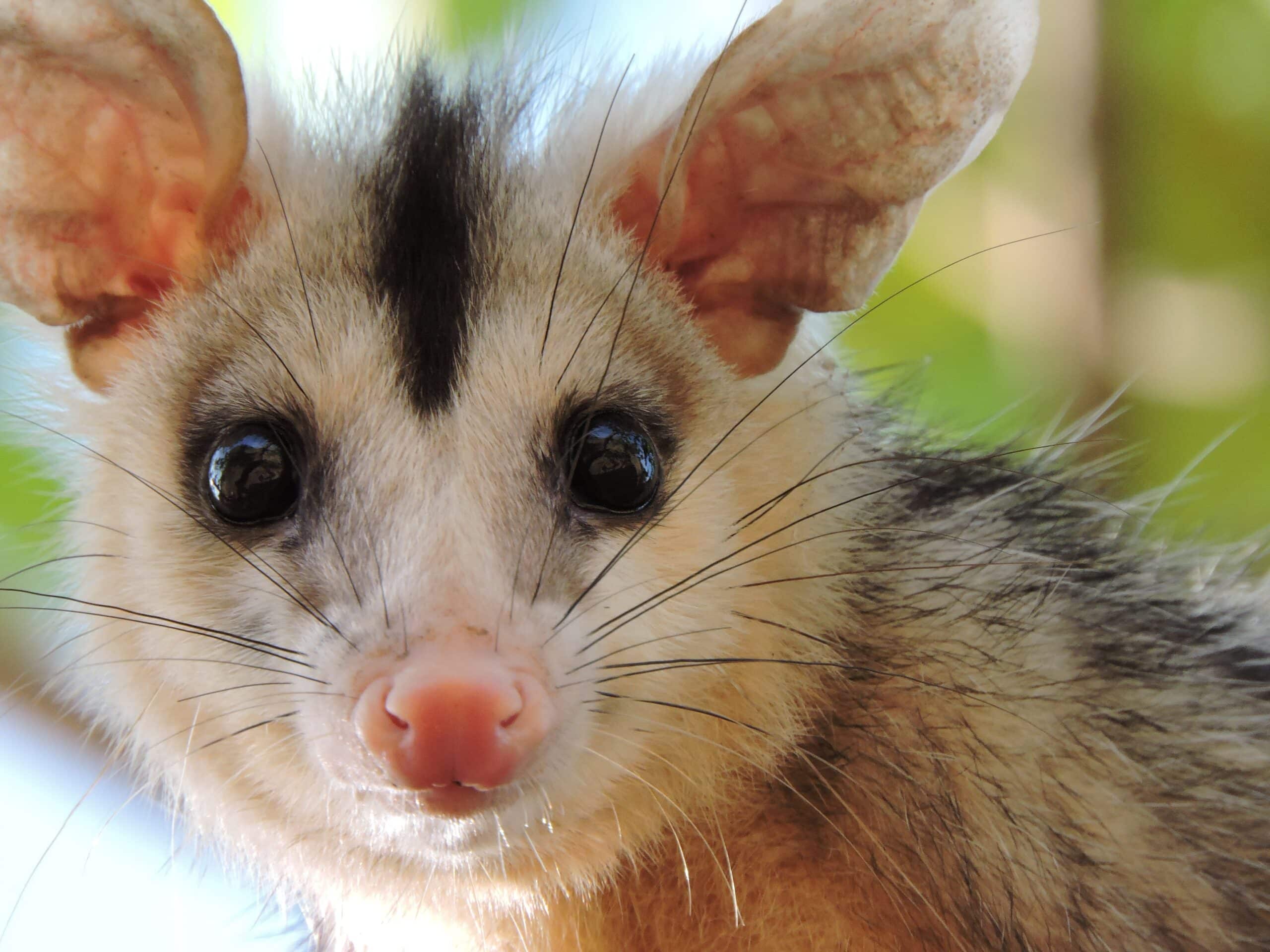
Welcome to the intriguing world of the panther, a mysterious big cat with fascinating habits and a captivating presence. Follow me as I delve into their secret lives, reveal their methods to stay hidden, and uncover the answers to some of the many questions about this elusive creature.
Introduction to Panthers
Panthers (also known as leopards or cougars) are some of the most mysterious animals in the world. Panthers come in various colors and sizes and are found in rainforests and other wild habitats, from the sleek and agile black panther to the massive, imposing brownish-golden Mountain Lion. Despite these differences, all panthers share a few key characteristics: they are swift, strong predators with sharp senses of smell, sight, and hearing.
Panthers can live in many different habitats worldwide, from tropical forests in Asia and Africa to North America’s pine forests. Though elusive creatures by nature, if you look closely enough, you may be lucky enough to catch a glimpse of them as they prowl their domains.
Though beloved by many animal lovers and environmentalists around the world, due to human encroachment on their habitats and illegal hunting, panthers are critically endangered throughout much of their range. From tigers to jaguars to cougars – all species of panthers face this common threat of extinction. With increased education on these remarkable animals and increased efforts taken by those caring for these cats’ long-term survival, we can help ensure they survive long into the future alongside us humans.
Physical Characteristics of Panthers
Black panthers are often associated with mystery, strength, and danger in literature and popular culture. Black panthers have been known to inhabit jungles, swamps, and other densely vegetated areas. While there is much debate about their taxonomic identity, it is generally agreed upon that panthers belong to the larger family of big cats, including tigers and lions.
Physically, Panthers have long muscular bodies ranging from 2.5-4 meters in length with short, strong legs. They have long tails that measure 25-45 cm in length and are misused for balance during hunting. Their black coloration (also found in brown varieties) results from dark fur pigmentation called melanism, which helps them blend into their environment to be better camouflaged when on the hunt or hiding from potential predators.
Panthers possess powerful athleticism, reaching up to 50 mph while sprinting and practicing fast acceleration while attacking their prey using this speed advantage. With large forward-facing eyes equipped with night vision capabilities, they can easily spot prey in low light conditions giving them an edge when hunting at night or dusk hours when most animals remain hidden and inactive in their burrows or dens. Panthers also have sharp retractable claws, which enable them to facilitate a firm grip on almost any surface but are most useful for grabbing onto trees during climbing exercises— another crucial skill necessary for survival as these big cats may live most of their lives within the trees under the canopy of the jungle floor. Likely being an adaptation for climbing up trees to rest during peak daylight periods, these clawed feet provide invaluable defense skills by providing a secure perch preventing predators from easy access to close quarters along with hiding spots for escaping quickly into branches too small for others to access like a jaguar or bear cubs out stalking around close by prime food sources like deers.
Overall physical characteristics combined with incredible strength, such as proportionally small hip joints, both uniquely differentiate them from other species making them kinds creatures among the animal kingdom, filled with key traits necessary for this special animal’s success which ultimately satisfies our curiosity about this amazing cat’s secret life!
Panther Habitats and Distribution
Panthers are found in tropical and subtropical areas of the Americas, Africa, and Asia. They are strongly associated with forests, although they can live in grassland, savanna, marshland, or mountain habitats. Some areas have adapted to human-modified environments, such as farmlands, pastures, and plantations.
The largest numbers of panthers occur in parts of southern India, though their numbers have been declining due to habitat destruction and hunting pressure. They are also widely spread through central Africa and Southeast Asia, with increasingly small remnant populations living further north in China and Russia.
In South America, the panther is most commonly found in the Amazon basin. However, there is evidence that it still occurs widely across the continent from Colombia to the northern reaches of Brazil. The jaguar (the same species) also occurs in Mexico, known as el Tigre Aunque no es tan grande como en el Sur de América (the tiger although not as large as in Southern America).
In North America, panthers (cougars or mountain lions) thrive mostly along the Pacific Coastal Ranges from British Columbia down through California before eventually reaching rural parts of Arizona and New Mexico. A larger southern population stretches further south, covering much of Mexico, with remnant populations surviving on islands off Guatemala’s Pacific coast (such as Cozumel). Smaller populations survive across western Texas but only just!
Panther Hunting and Feeding Habits
Panthers are majestic and mysterious predators that inhabit our forests, fields, and jungles. As ambush predators, panthers use stealth for hunting their prey, and a hunt’s success is largely dependent on the knowledge of their environment. A panther’s diet consists mainly of large mammals such as deer, wild hogs, armadillos, and small carnivores, but they’re not picky. If the game is lean, they will also scavenge carrion or even rodents and reptiles they find along their way.
Panthers derive their stealth-like attributes from stalking behavior, where they move in short rapid steps with pauses in between movements through vegetation without ever alerting their prey of potential danger nearby. They have been seen in daytime hunting, such as dusk or dawn when some prey items may be slow to move about or most likely distracted by other activities like foraging for food or wallowing for cooling during hotter months. The advantage this gives panthers is that if a possible meal walking past them happened to look up from any particular direction where cover includes rocks made from volcanic ash or small trees nearby, then it is unlikely the grazer would see the spotted cat before it froze upon the sight of its predator. Its ability to disappear into depths of vegetation renders its success rate one of highest among all native cats species, with seven out of ten hunts ending up with a meal made from muscular bundles of wild boar accompanied by fatty deposits along its ribs, giving much-needed sustenance throughout its often solitary lifestyle if undisturbed in remote habitats far away from urban sprawl.
Panther Social Behavior and Interactions
Panthers, or black leopards, are solitary animals that prefer to keep to their own space. They are most active at night and spend most of their time alone, sleeping and hunting. When panthers come together, it is often for breeding or in a family unit. Panther interactions are often seen in scent marking, territorial behavior, and displays of dominance or aggression. Certain behavioral cues can alert watchers when there is tension between two cats nearby.
Panthers display social behaviors such as initiating contact with other panthers by rubbing cheeks, licking each other’s faces, snuggling with one another, and observing each other closely. These behaviors help panthers interact with each other in appropriate ways and create bonds between cats that could last a lifetime. Two adult panthers usually initiate aggressive behavior if they encounter each other while hunting or if they compete for the same territory.
- Male panther territories are much larger than female territories because males will roam to find mates and search for prey over a wide area.
- When female panthers mate during the breeding season, they will usually remain within their small territory. Meanwhile, males may travel up to fifty miles searching for a female companion; however, some may never leave their original home territory.
- Once mating has occurred, male panthers leave behind any offspring who will stay with the mother for up to three years before setting out on their paths into adulthood.
Panther Reproduction and Life Cycle
Panthers are solitary predators born in litters of up to four cubs. They stay with their mother for a year before venturing on their own. As with many cats, panthers reach sexual maturity at about two years of age. Breeding season coincides with the beginning of the dry season. Mating pairings remain monogamous until one partner passes away or disperses, after which they seek a new mate.
During breeding, males will establish territories and roam those territories aggressively to find suitable mates. Females typically bring forth two litters – one in late winter and another in early spring – containing between one and four cubs each time. The female panther then looks after her young for up to 14 months alone, teaching them how to hunt, survive in the wild and eventually fend for themselves as independent animals.
The panther cubs grow rapidly and, within three months, can follow their mother on hunts for small game like rodents or reptiles – developing the skills to take down larger prey as time passes.
At around 18 months, the cubs are old enough to be independent of their mother’s care. Still, they often remained with her until much later age as they learned everything essential for survival in the wild before striking out on their own – knowledge such as:
- What time of day is most conducive for hunting certain game animals?
- Where a particular waterhole might have been last spotted during a drought season?
– information passed down among this iconic feline species generations since they first came into existence tens of thousands of years ago.
Threats to Panther Populations
The greatest threat to panthers and their populations is habitat loss. Panthers require large areas of undisturbed wilderness as their home, which is increasingly rare in modern times. As human populations grow and move into the previously unpopulated wilderness or rural areas, panthers can be forced to compete for resources with expanding human settlements. Additionally, roads broken through even “intact” forests fragment the panther’s habitat, and many road traffic casualties are reported yearly.
Certain areas of the United States have taken steps to protect wild lands home to panthers. At the same time, other states continue to convert forest and riverside lands into agricultural fields or more urban settings whenever possible. Hunting pressure continues in various parts of their range as well. However, many efforts have been made in recent years, both nationally and worldwide, to limit hunting opportunities for these animals.
Panthers are also considered endangered in the US due to a genetic bottleneck. This occurs when animals become restricted to very small populations that interbreed amongst themselves too closely – losing some genetic variety – thereby making them more vulnerable to disease and environmental changes. In Florida, this bottleneck has resulted in a severe deficiency of genetic diversity among individuals; every male found within 200 km (124 miles) of the state was born from only eight ancestors over four generations (males relocated from other regions would bring a new gene pool).
Despite what some argue are legitimate attempts at conserving this species from extinction (namely relocation programs), there remain obstacles in the way of panther conservation across the United States, where most reported sightings to occur.
Conservation Efforts for Panther Protection
Conserving a species as mysterious as the panther can be difficult, yet organizations worldwide utilize the latest conservation technologies. Many global conservation efforts focus on protecting habitats by monitoring dangerously low populations and collecting data on their movements for long-term conservation success and eventual population increase.
Initiatives have been established in India and Central America, where camera traps monitor panthers’ movements and observe individual interactions. In addition, further research is being conducted into the potential effects of genetic hybrids for survival.
In North America, panther habitats have been reduced to small open spaces scattered throughout Florida and Southeast United States. There is an ongoing controversial debate among environmentalists over land use rights versus access to now limited habitat. Still, local governments remain committed to attempting to preserve what is believed to be a healthy population of 150 panthers in Florida alone – reports say the number may even be higher.
Other significant efforts include:
- Preserved panther genetics by cryopreserving semen at -196 degrees Celsius (usually used for cattle), which would make large-scale reintroduction campaigns possible within species typically dispersed over wide ranges.
- Managing protected populations through captive breeding programs across domestic sanctuaries dedicated to giving them a second chance at life in the wild.





